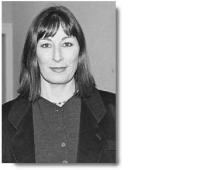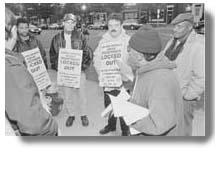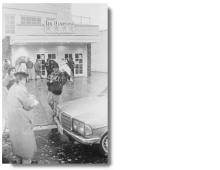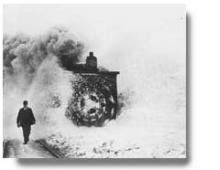And The Winners Were . . .
And The Winners Were . . .
The audience and jury picks for best film at this year's Hamptons International Film Festival were announced at Sunday's awards brunch, held in the V.I.P. tent at Nick and Toni's restaurant in East Hampton.
The festival's top prize, the Golden Starfish, went to not one but two films - the jury was hung, so to speak - "Mugshot," directed by Matt Mahurin, and "Puddle Cruiser," (which had its world premiere), directed by Jay Chandrasekhar. They were among 10 American independent films chosen by the festival to compete for the award, which included a prize package worth more than $100,000.
Mr. Mahurin's film, for which he also served as the cinematographer, editor, and screenwriter, is a darkly humorous look at racial relationships. "Puddle Cruiser," a collaborative effort of the Broken Lizard Comedy Group, uses improvisation techniques and stars members of the group, including Mr. Chandrasekhar.
Documentary Honors
The festival's juries also honored the Russian documentary "Anna," which had its U.S. premiere, and the American short "Winterlude," which had its world premiere at last week's festival.
"Anna" is the director Nikita Mikhalkov's chronicle of his eldest daughter each year between the ages of 6 and 18, interwoven with footage of changes in Russia. "Winterlude," directed by Carlton Prickett, tells the story of two disaffected people who find solace in each other's presence.
The audience's choice for best feature film was Nancy Meckler's "Indian Summer," a British film that had its U.S. premiere at the Film Festival. It tells the story of a young HIV-positive dancer and his relationship with an older therapist.
The audience awarded top documentary honors to "Queens of the Big Time." It was clear the film was an audience-pleaser when its director, Adriana Trigiani, enjoyed a standing ovation from a full house at its world premiere at Guild Hall Friday night.
Best Short
Ms. Trigiani's sense of humor showed through in the film, which documented the 100th anniversary of an annual festival honoring Our Lady of Mount Carmel, the patron saint of Roseto, Pa., a small town settled by immigrants from Roseto, Italy. Interspersed was footage from the 1930s through the 1960s taken by the director's grandfather.
The 27-minute "Shoot the Moon," directed by Tom Hodges, an American, won the audience's honor for best short. The film tells the story of a 15-year-old Atlanta cheerleader who "shoots the moon" out of the back window of a school bus.
A special student prize for the "Best-Told Story," sponsored by RKO Pictures, was awarded to a graduate student, Patrick Sisam, for his film "Love Child," a look at the American generation which enjoyed adolescence in the mid-'70s.




